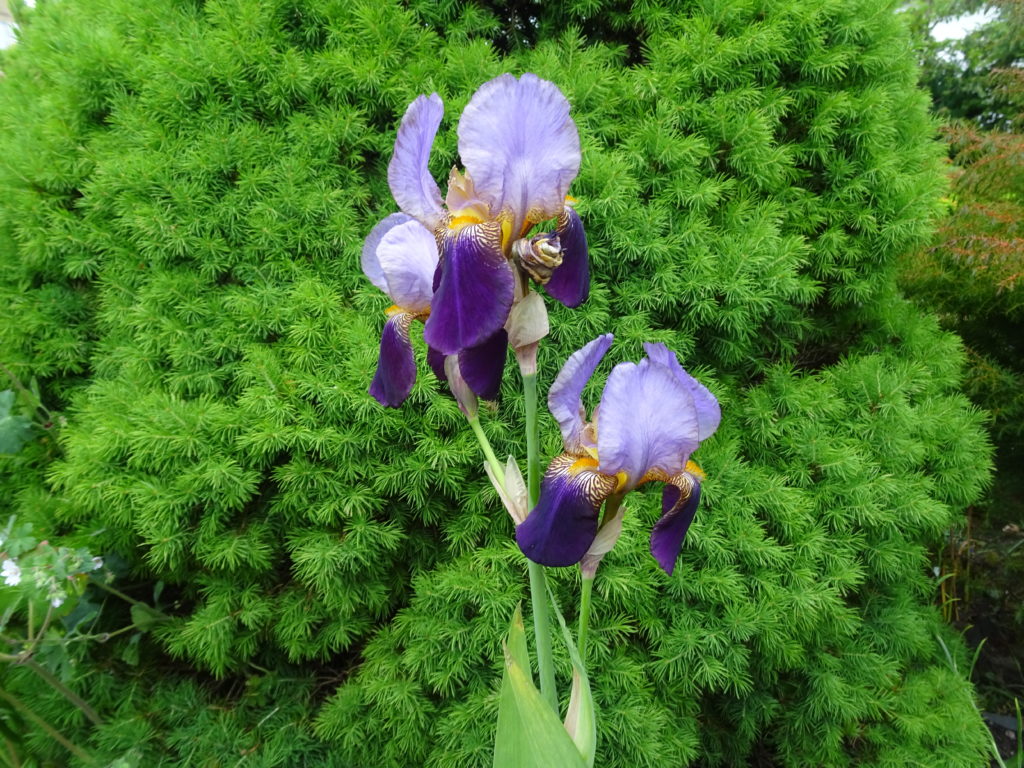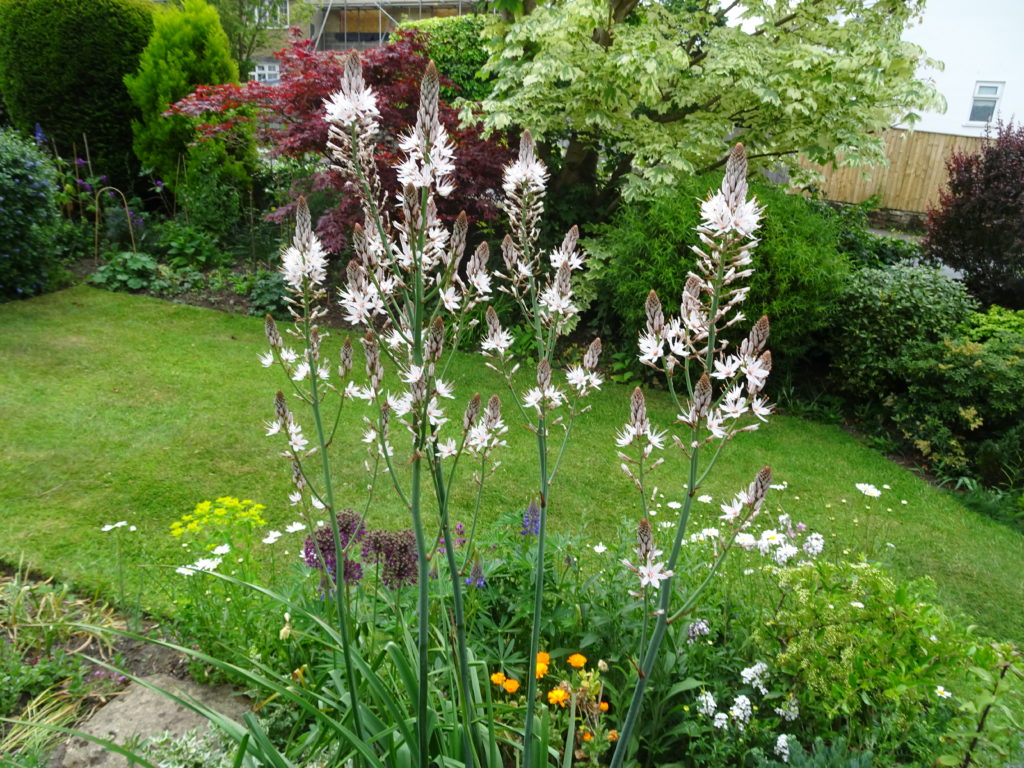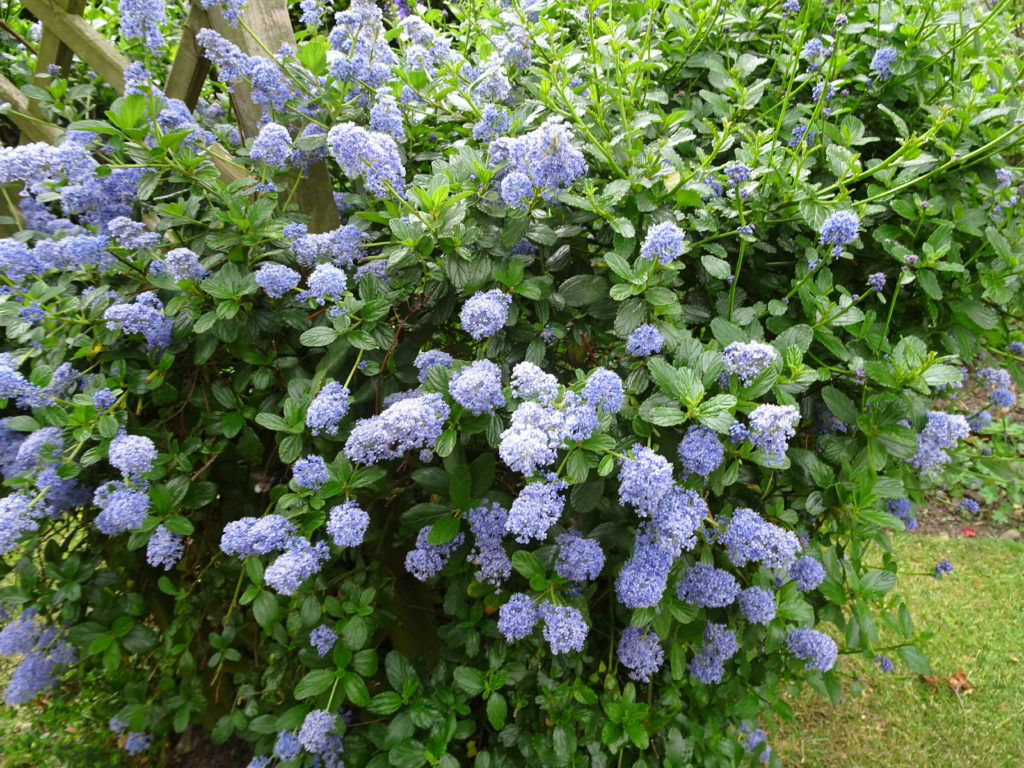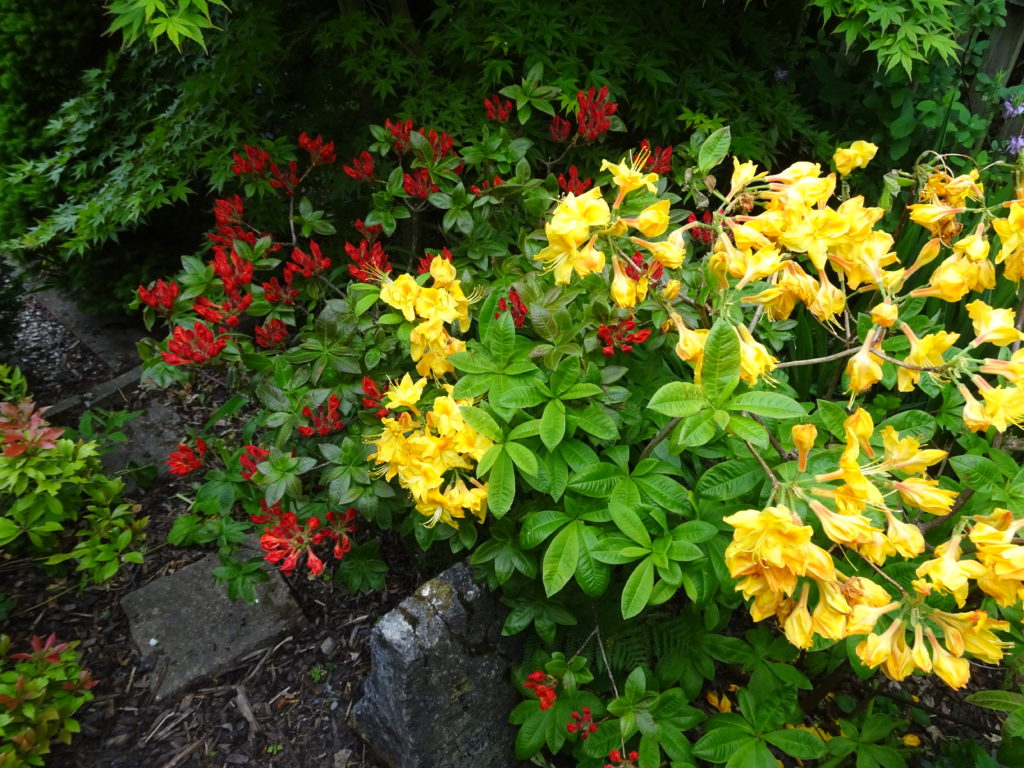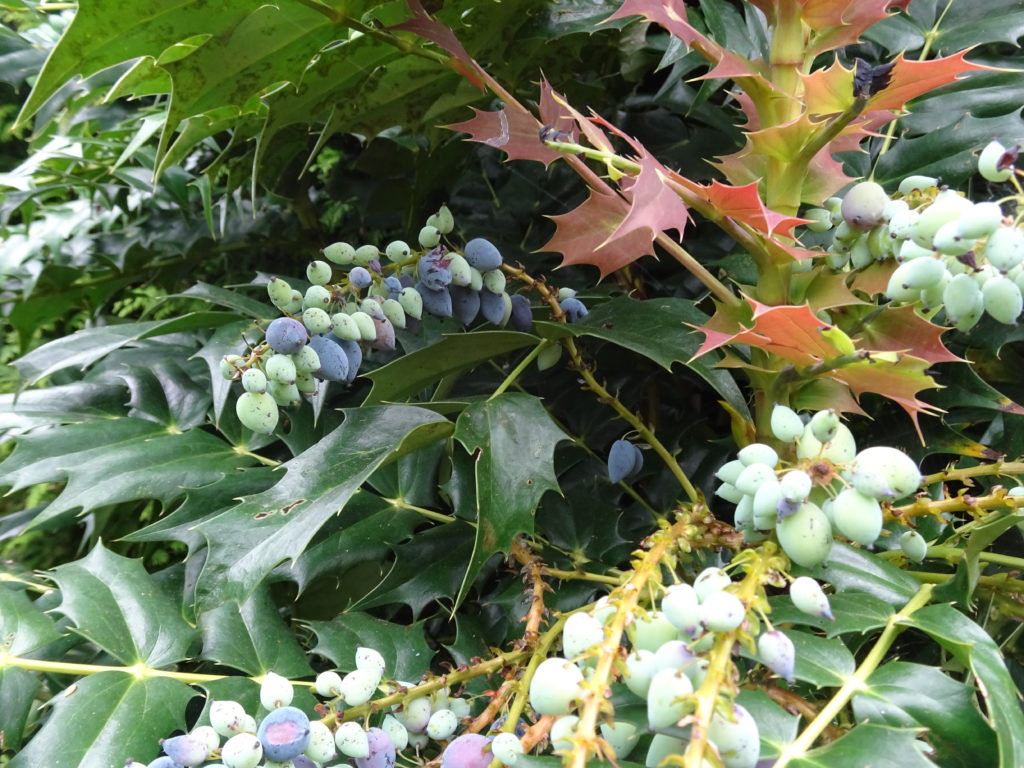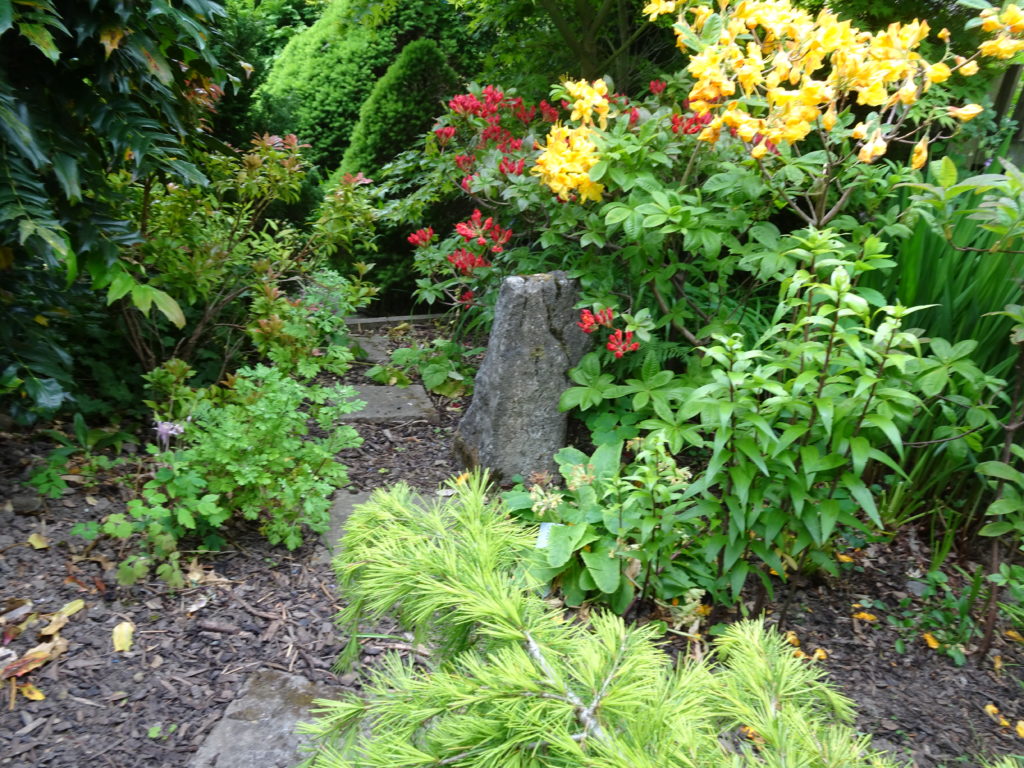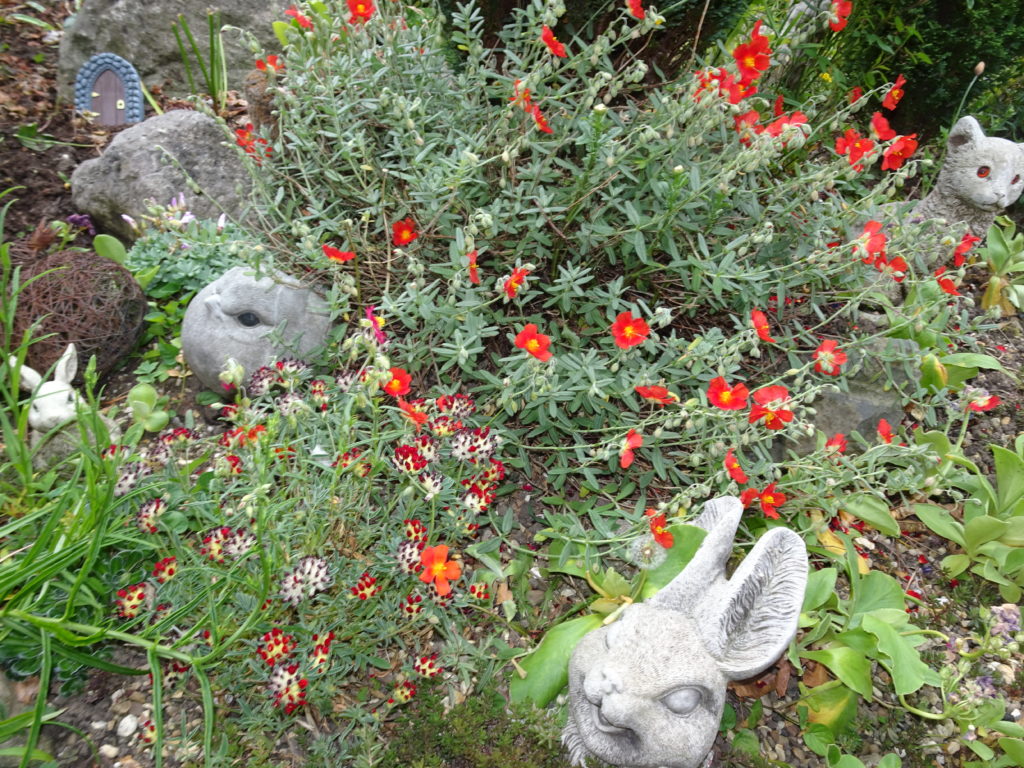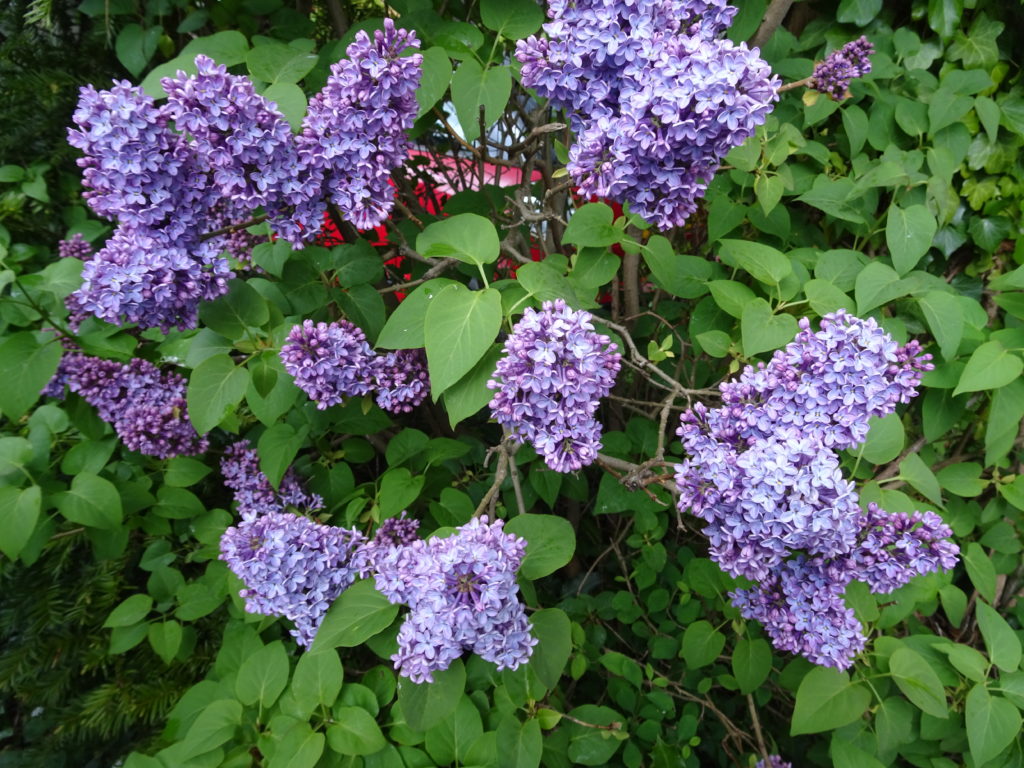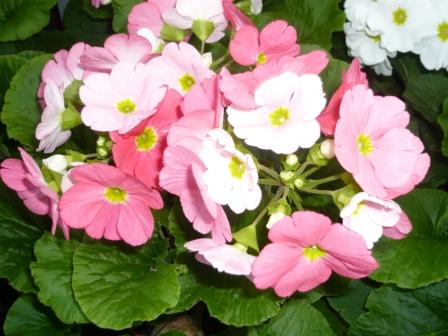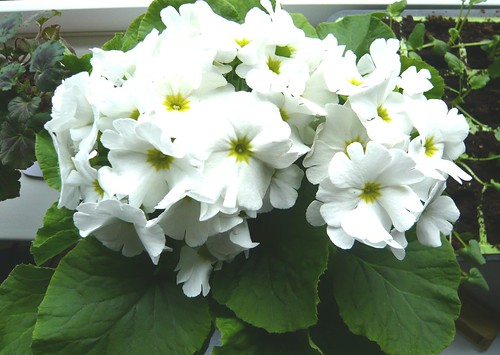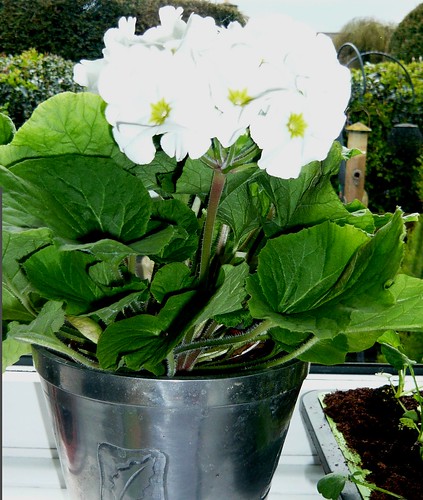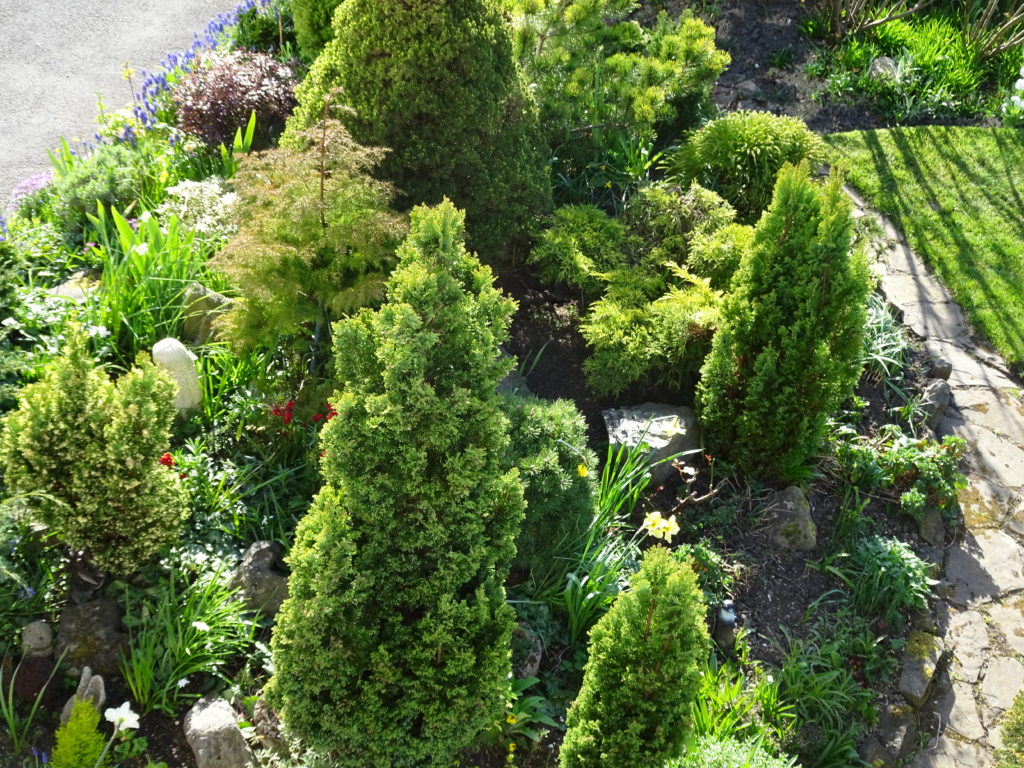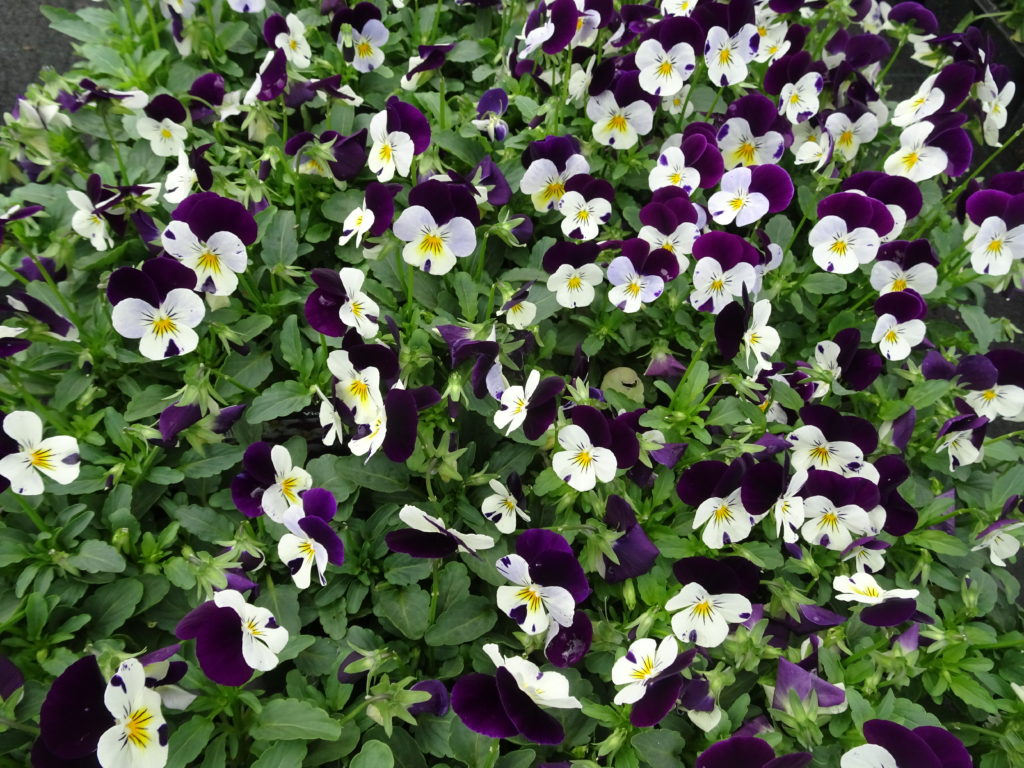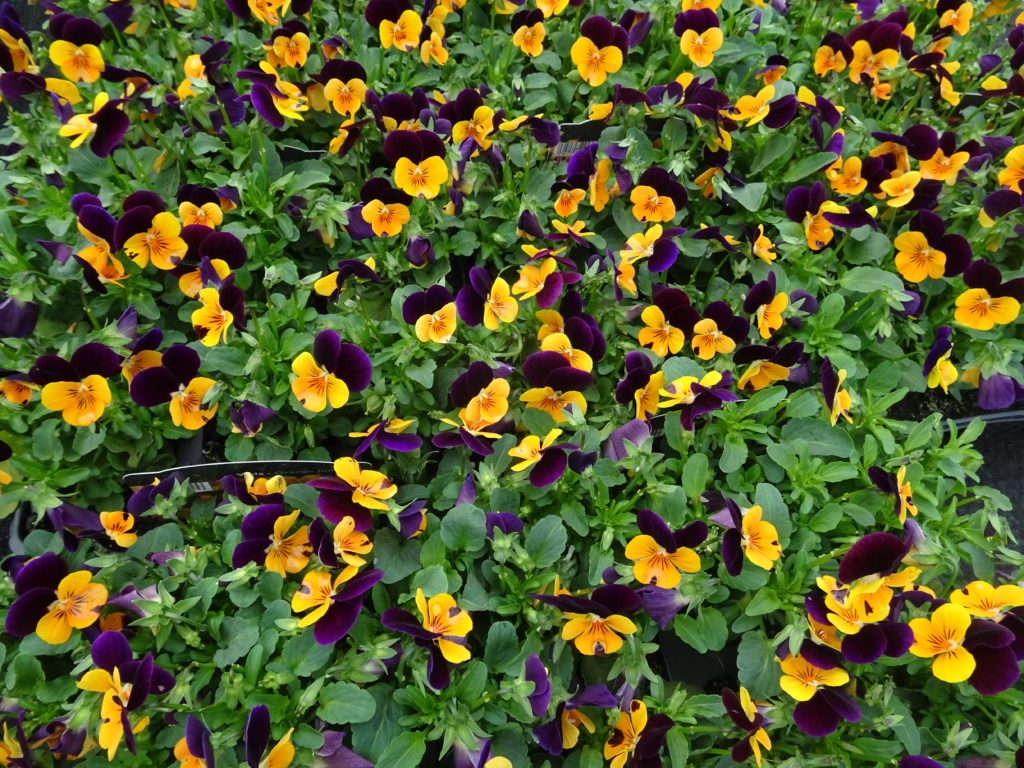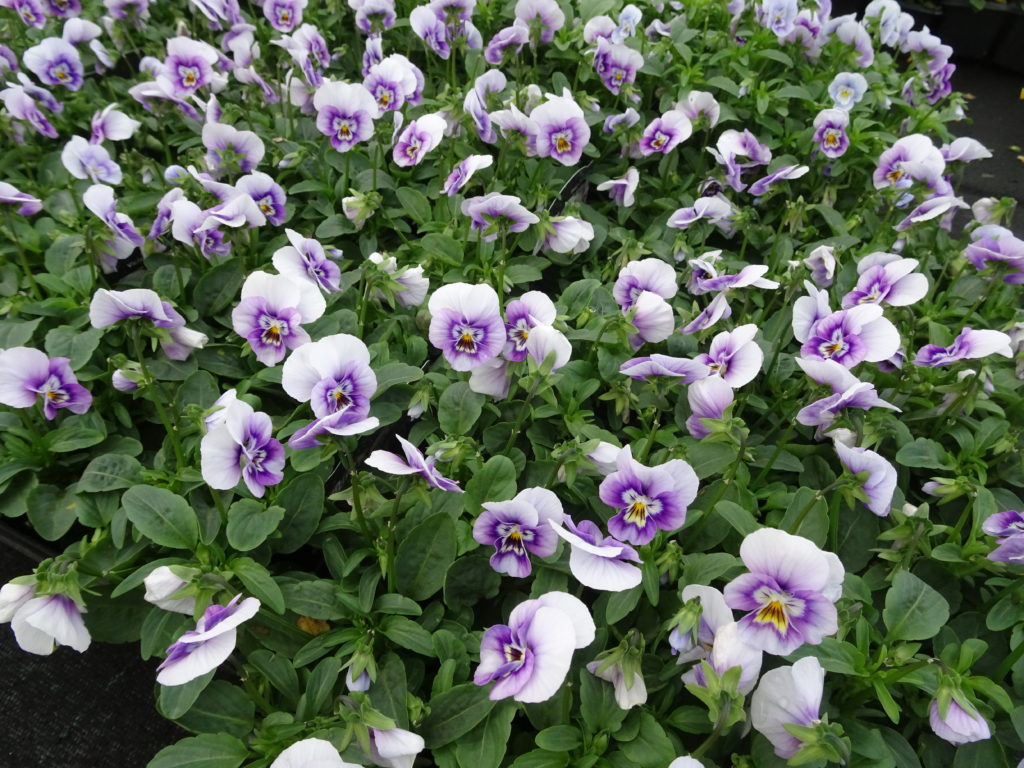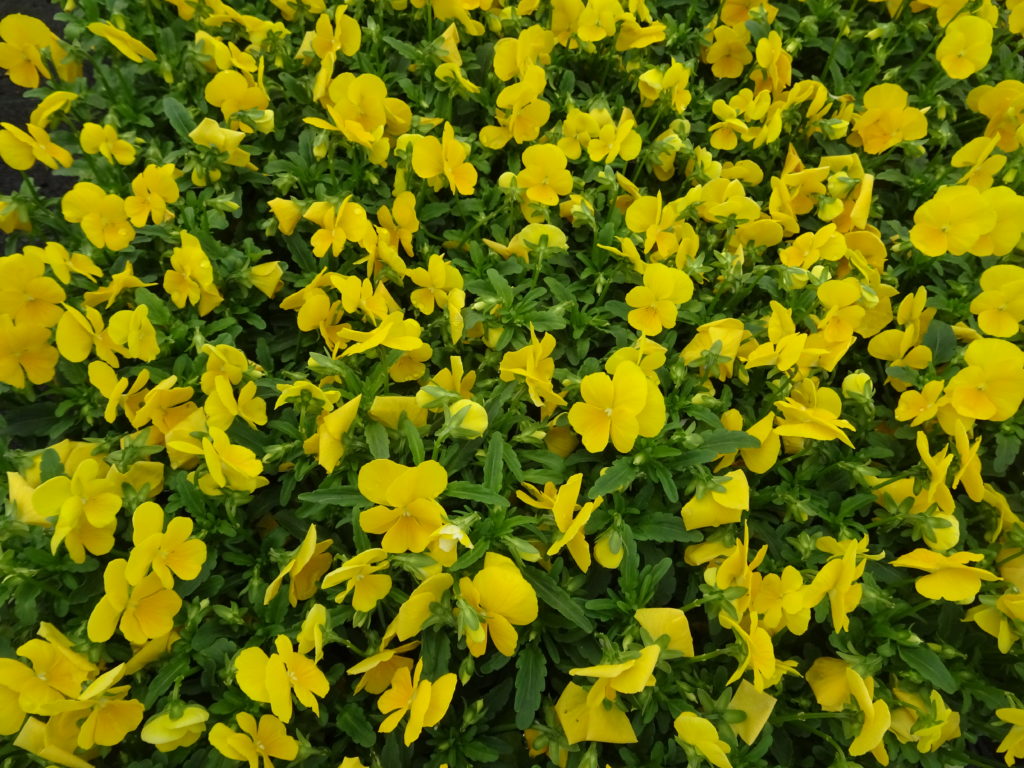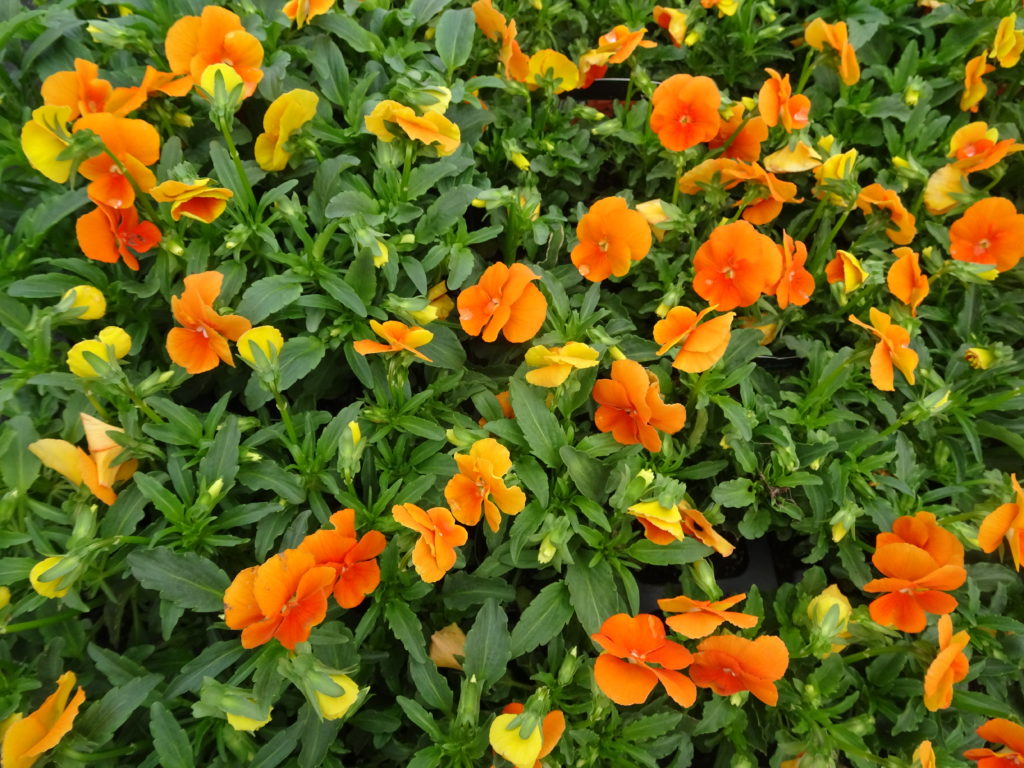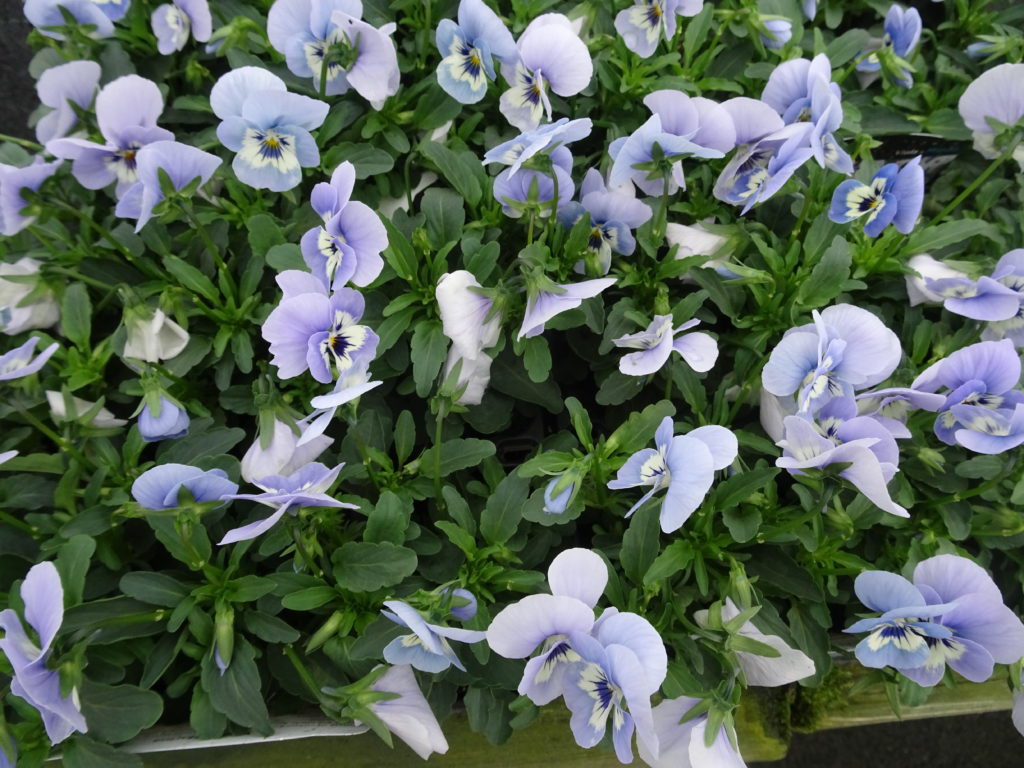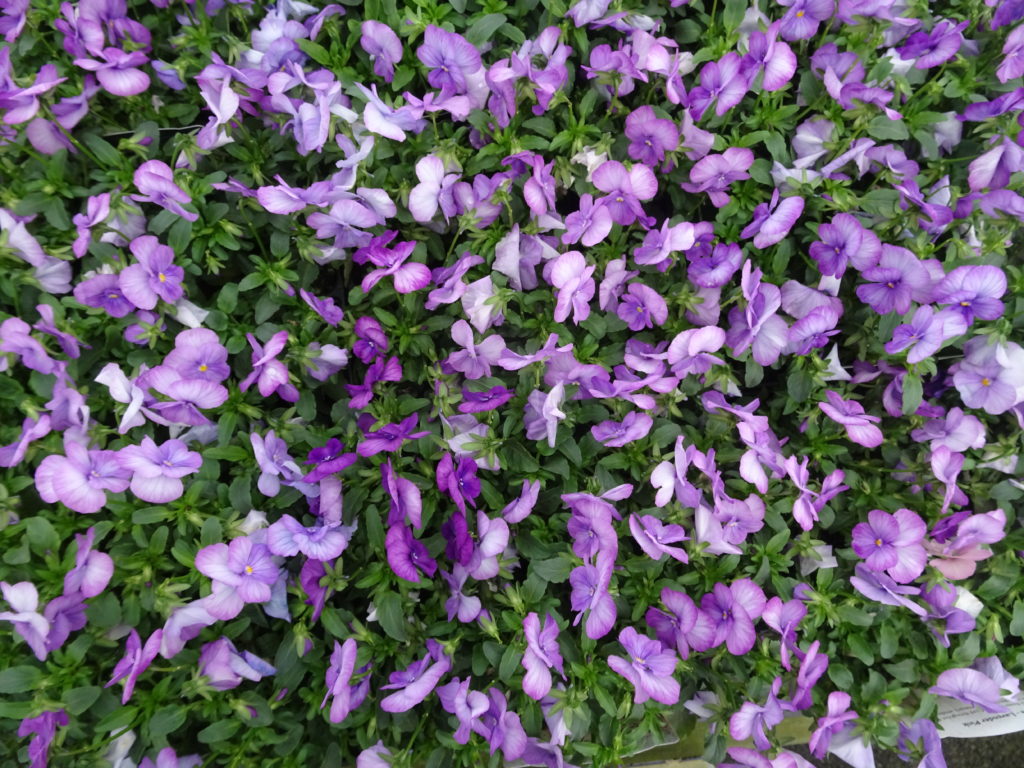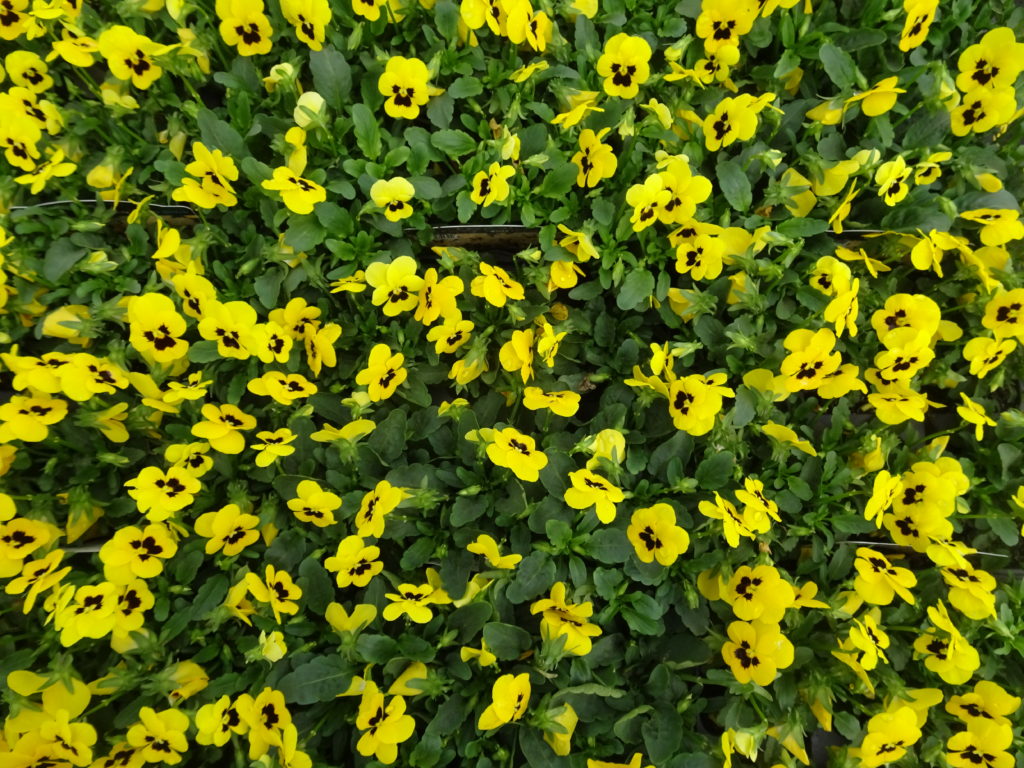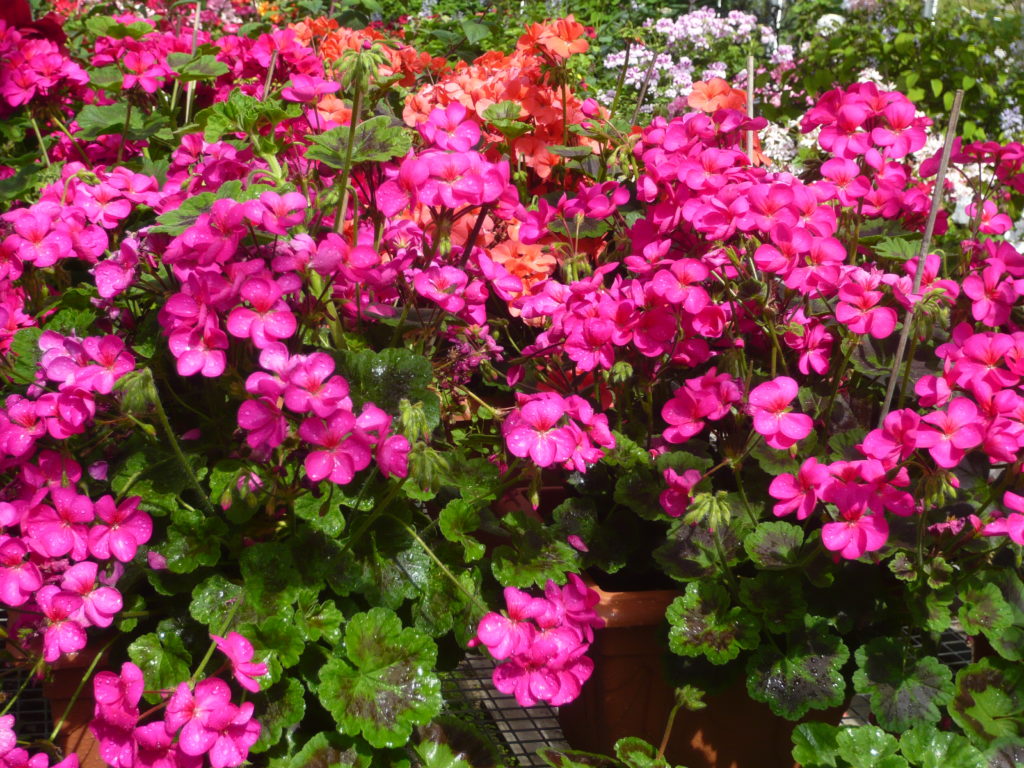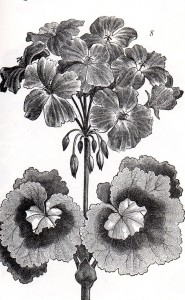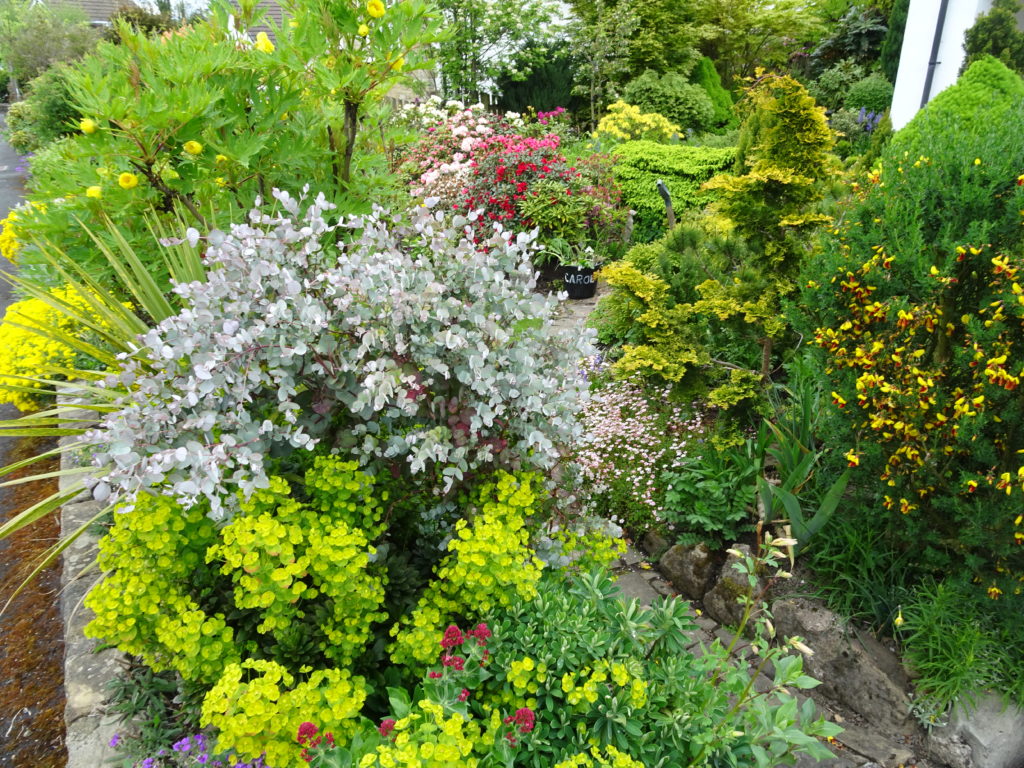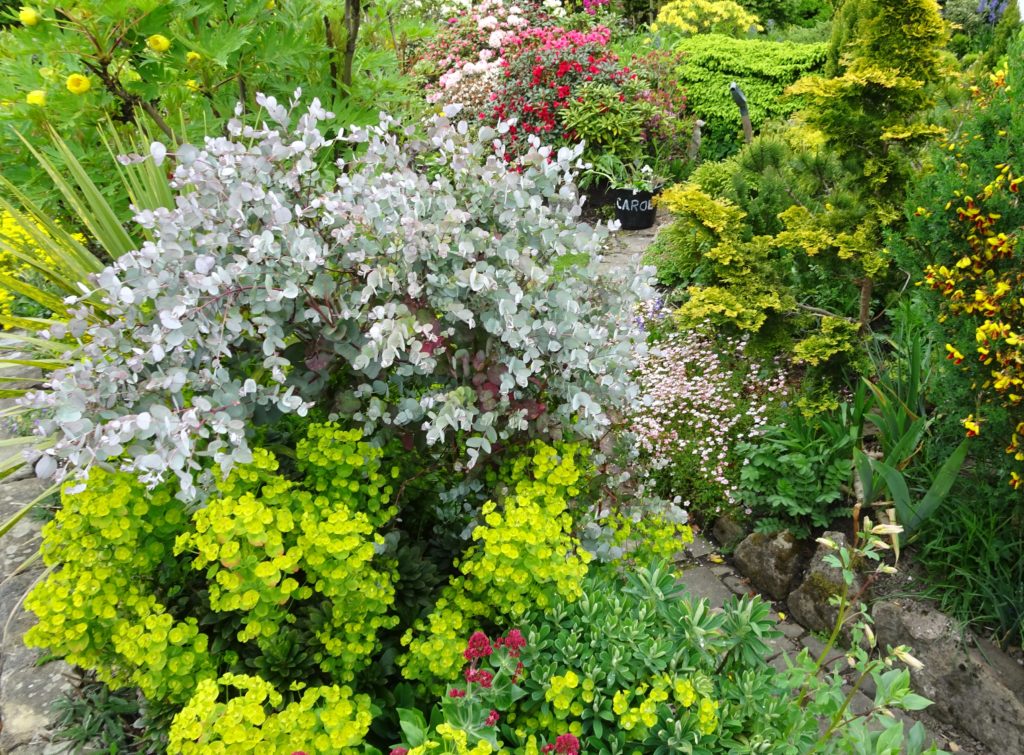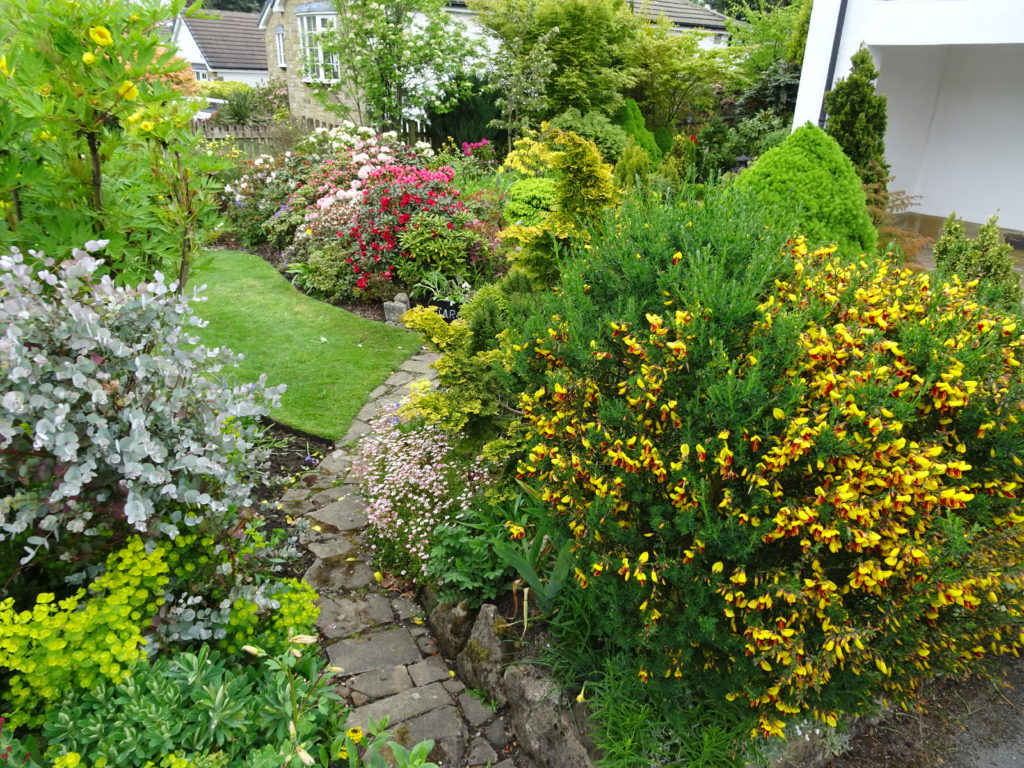Weed Free or So I Thought
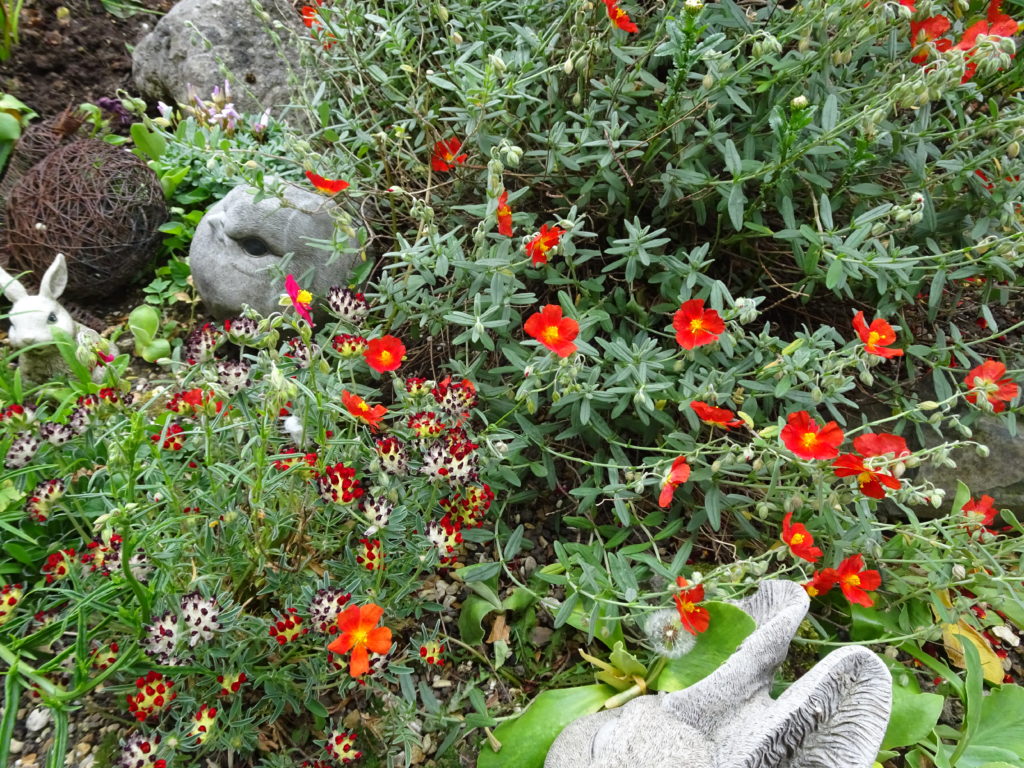
I bet you spotted my weed as soon as you looked at the picture. ‘Where’s Wally’ you may ask, well he is the gardener that not only let the dandelion flower but seed as well. Back to gardening school. Depending how you look at it there has been a great profusion of dandelions this year but you just wait until next year. The ‘clocks’ have been distributed far and wide since the beginning of May, the breezes were light, the conditions just right and the air and ponds filled with seeds so dandelions are not going to be a threatened species anytime soon!
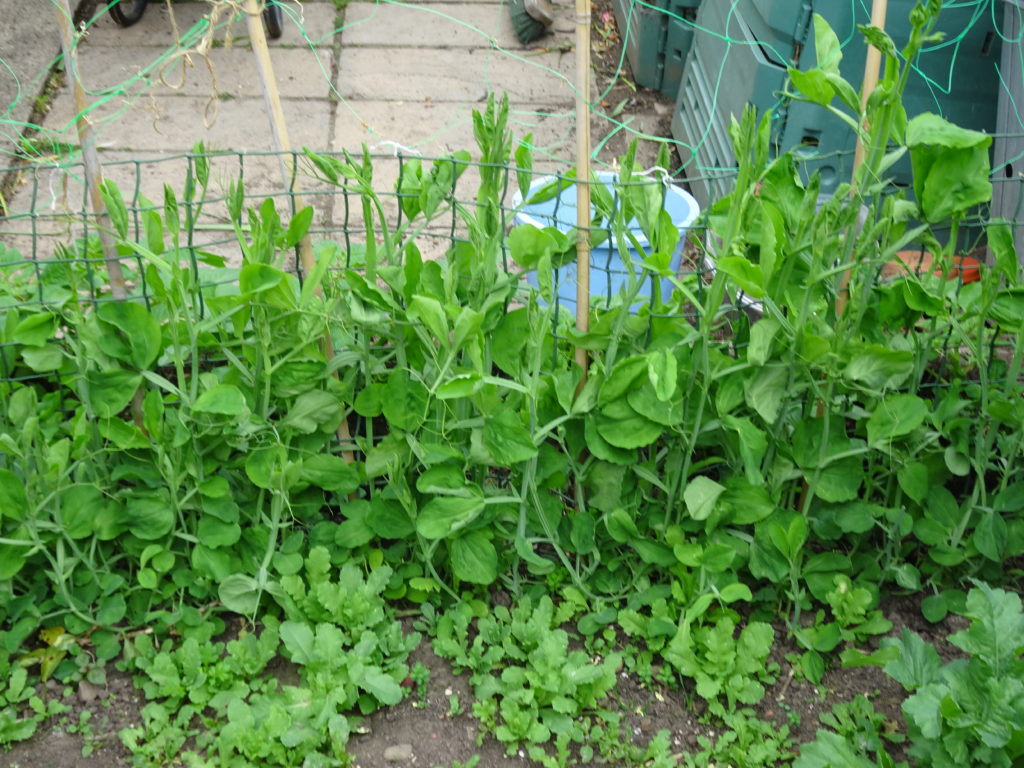
One dandelion may be excusable but what about your sweetpea zone you may be asking? My excuse for all the self sown seedlings from last years dark purple poppies include that I found the poppy so entrancing. I fully expected to transplant them into a suitable area but tempus fugit (a good name for a weed). I have other excuses on request.
